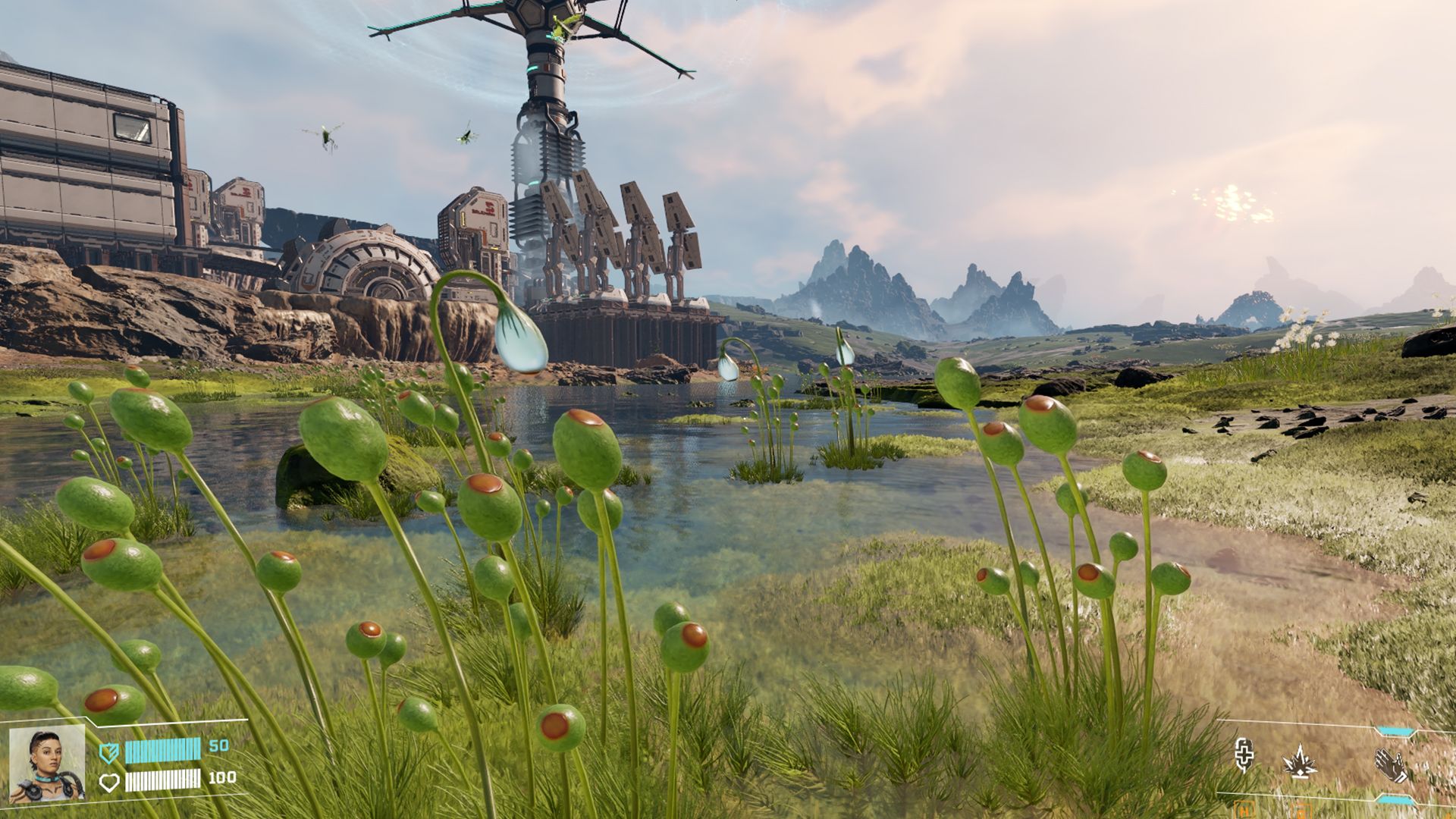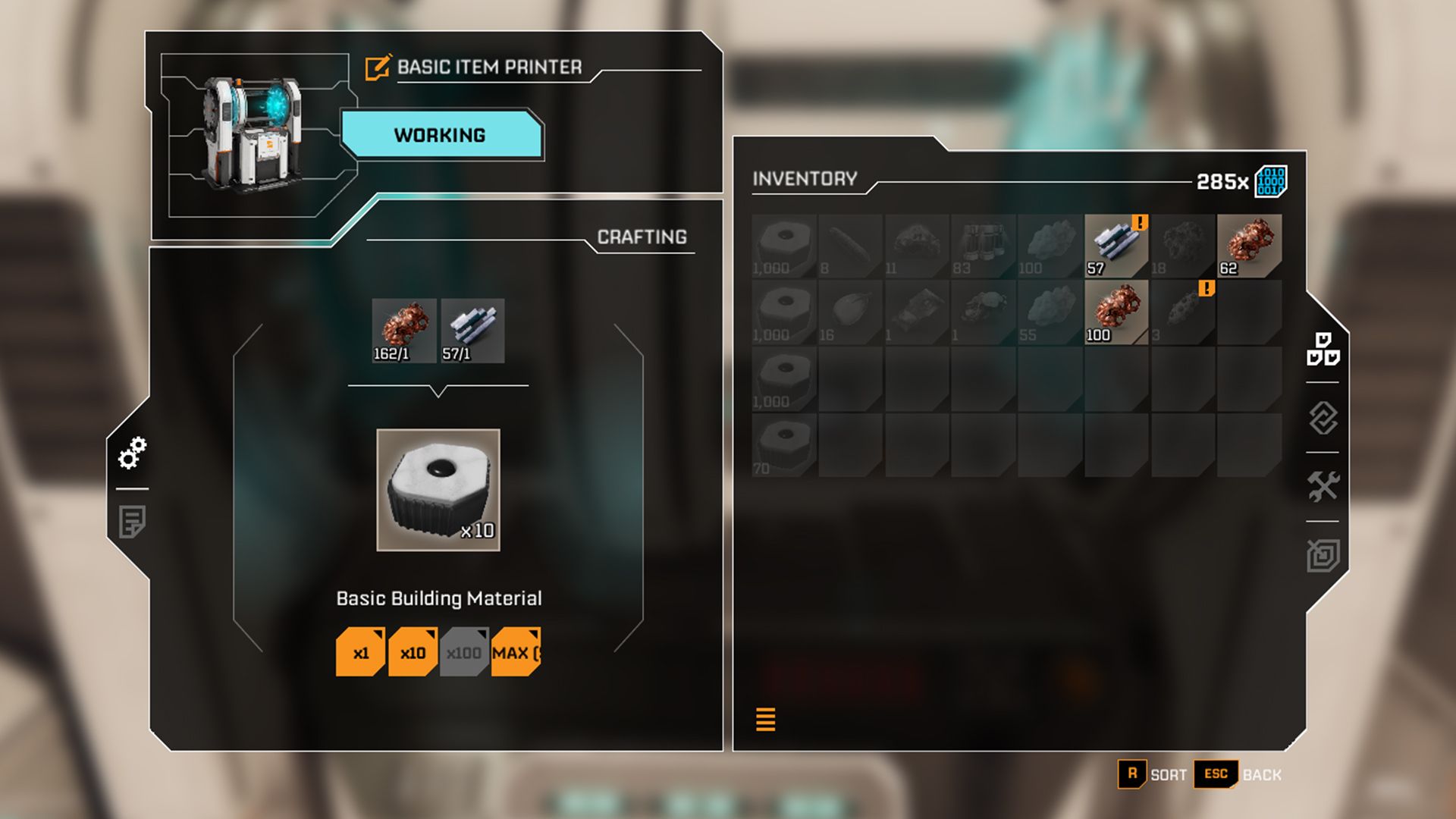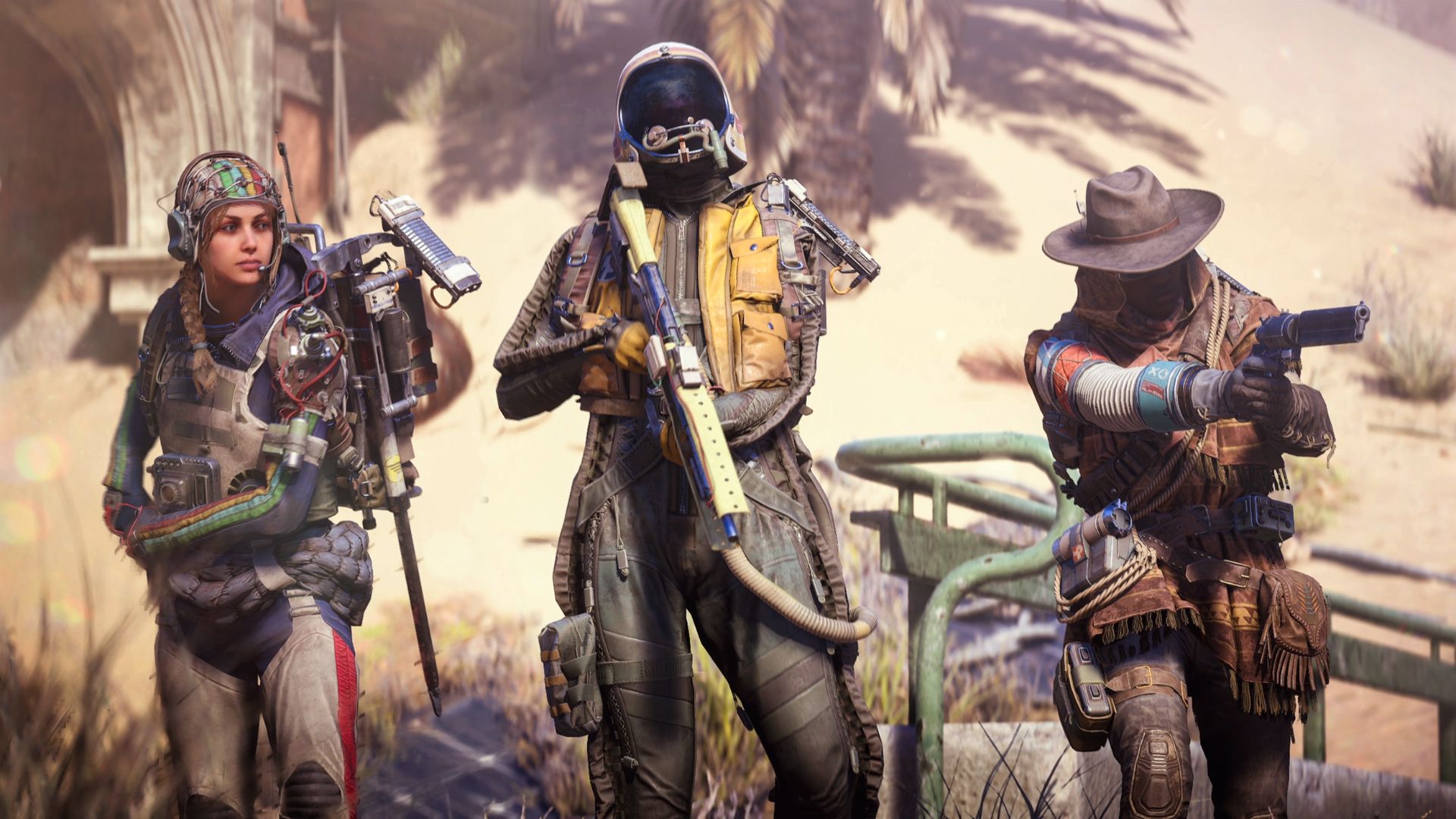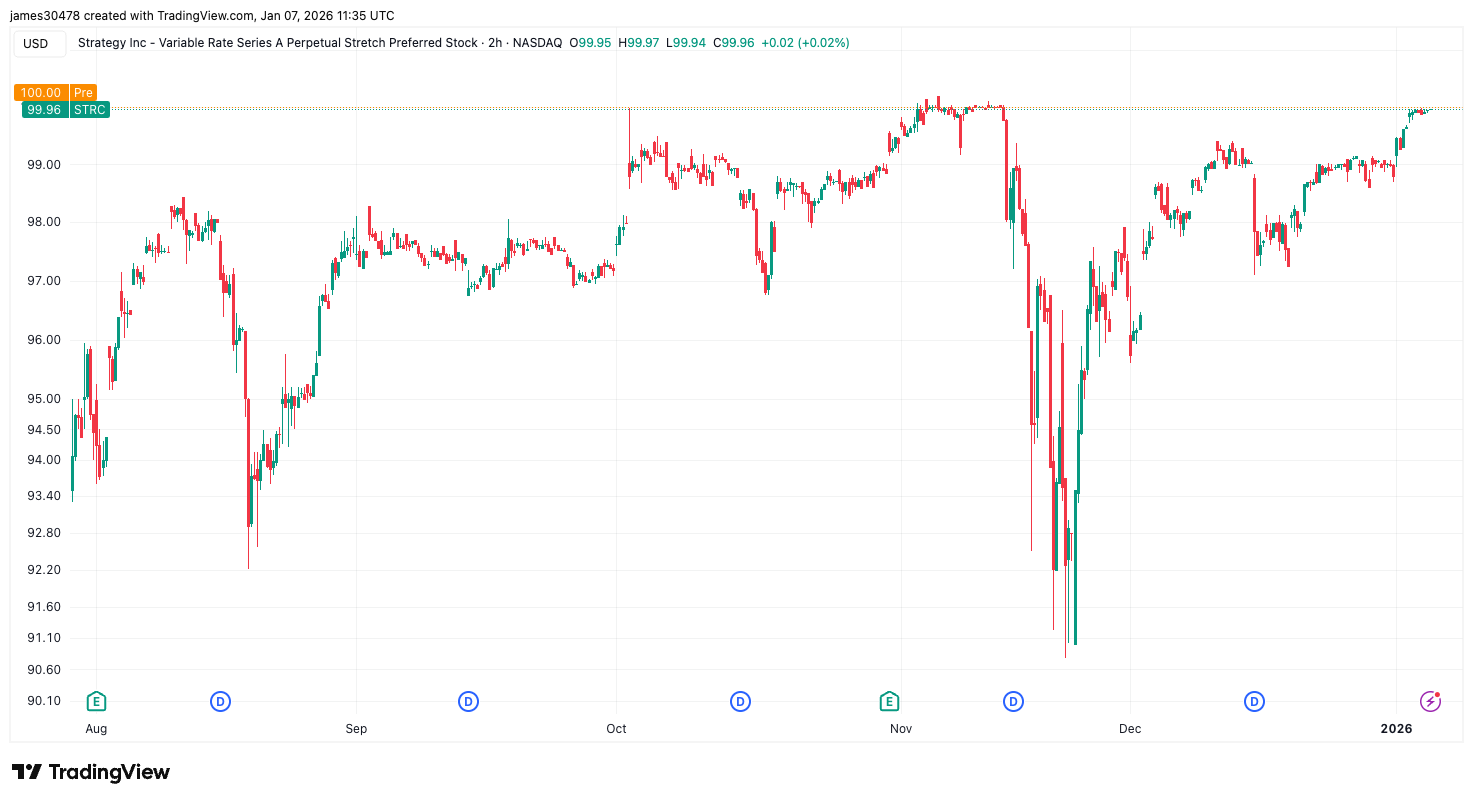ARC Raiders CEO: ‘The Game Isn’t About Shooting Other Players’

ARC Raiders has become a major hit in 2025, recently reaching 12 million copies sold. The developers are focused on maintaining the game’s success without adding a strong player-versus-player (PvP) element, as that wasn’t the original design goal.








